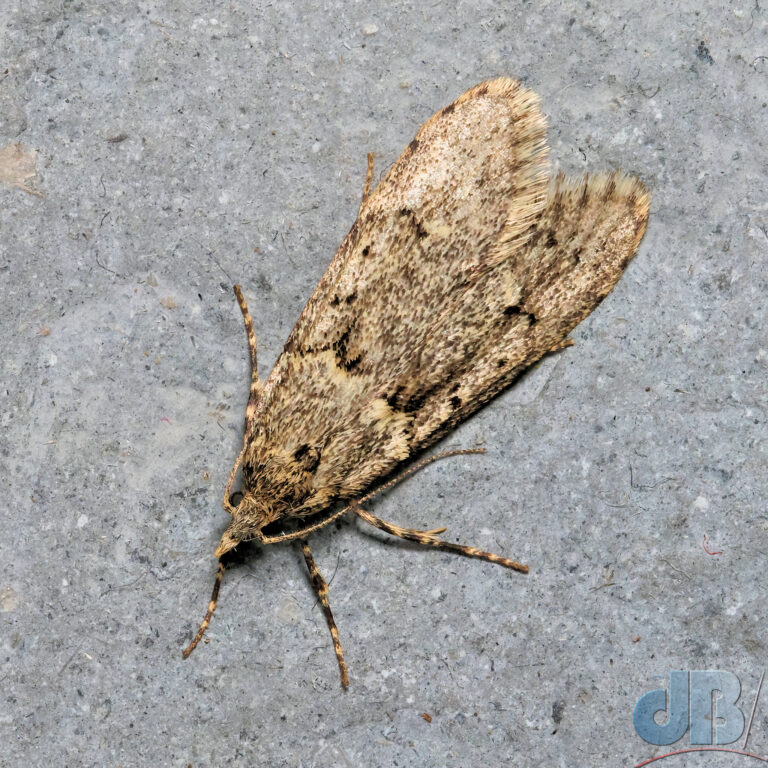In the world of entomology, the naming conventions of moth species often reflect a fascinating interplay between scientific and vernacular language. While some moth species boast evocative common names like Angle Shades or Setaceous Hebrew Character, others, particularly those belonging to the category of micro moths, are identified solely by their scientific nomenclature, lacking universally recognized common names. This situation draws a curious parallel to the realm of dinosaurs, where species like Tyrannosaurus rex are known exclusively by their scientific designations.

However, amidst this taxonomy, there exists a notable exception: Diurnea fagella, a moth species that straddles both worlds of nomenclature. Officially classified by its scientific name, Diurnea fagella, this moth also bears vernacular names, albeit inconsistently. It is sometimes referred to as the March Dagger moth or the March Tubic, though within international and Lepidoptera communities, it is unequivocally recognized as Diurnea fagella.
This dual nomenclatural identity of D. fagella underscores the nuanced complexities of species classification and naming conventions within the field of entomology. While some species remain firmly entrenched in scientific terminology, others manage to acquire colloquial names, reflecting perhaps their significance or visibility.
Beyond the realm of moth identification, this phenomenon prompts broader reflections on the relationship between scientific precision and common language. It highlights the ways in which organisms are categorized, named, and understood by both experts and the general public. Moreover, it invites contemplation on the cultural and linguistic dynamics that shape our interactions with the natural world, illuminating the intricate tapestry of human-animal relationships.